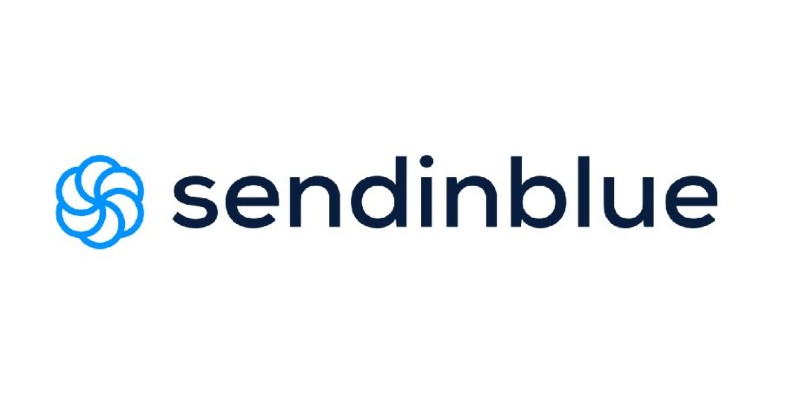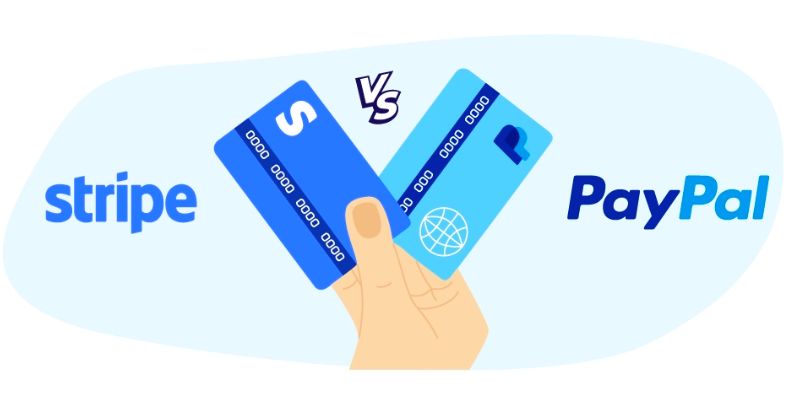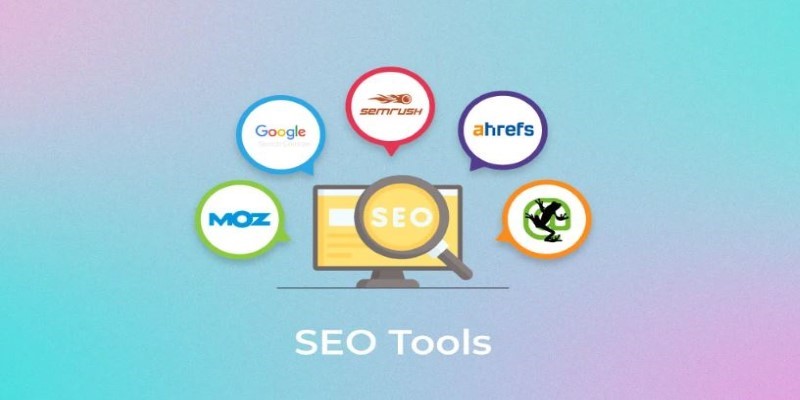Tools That Power Email Campaigns: Mailchimp, HubSpot, and Beyond
In the digital chaos of today’s marketing world, email quietly holds its ground as a reliable and personal channel. Unlike social media noise or shifting search algorithms, a well-crafted email reaches inboxes with intent. That’s where email marketing platforms come into play. These tools go beyond sending newsletters—they manage contact lists, automate campaigns, and track performance with smart precision.
With so many options available, choosing the right one depends on your specific needs. Some focus on email automation, while others offer deep CRM integration. This article breaks down top platforms like Mailchimp and HubSpot, giving you a clear, no-nonsense guide.
Top Email Marketing Platforms
Not all email tools are built the same. Some are lean and made for simplicity, while others are packed with integrations and analytics that appeal to power users. What they all share is the aim of getting your message into inboxes in a way that feels meaningful, not mechanical.
Mailchimp
Mailchimp often gets mentioned first for a good reason. It started as a straightforward newsletter service but evolved into something much broader. While it still shines as a beginner-friendly tool, it's now packed with features that appeal to more advanced users.

The interface is simple, the learning curve is smooth, and it won't be long before you can have a campaign launched. One of its strongest suits is email automation. You can create welcome emails, product follow-ups, or customer re-engagement campaigns using a visual workflow editor that feels intuitive.
Mailchimp also includes good analytics. Open rates, clickthrough rates, and even geolocation figures are available at your fingertips. For small businesses or individual creators, the free account is a reasonable starting point. That being said, when your list expands, or you need sophisticated targeting, the pricing model does start to seem a little high.
Still, Mailchimp’s built-in templates, drag-and-drop editor, and ability to integrate with e-commerce platforms like Shopify or WooCommerce make it a solid choice for those who want something that just works.
HubSpot
HubSpot isn’t just an email tool; it’s an all-in-one marketing ecosystem. This integration with CRM allows businesses to create highly targeted campaigns based on detailed customer behavior. For example, if a user downloads a guide, HubSpot can trigger a follow-up email sequence that leads them closer to a purchase, all without feeling intrusive.
The email builder offers personalization through smart content blocks and dynamic fields, adapting to the reader. Beyond open rates and clicks, HubSpot’s analytics track conversions and link email performance to broader campaign goals and revenue.
However, the platform’s extensive features come at a price. The free plan is useful but limited, and access to advanced features requires a paid plan, which might be costly for smaller businesses. Still, for teams seeking in-depth insights and a tightly integrated marketing and customer data system, HubSpot is a powerful choice.
Constant Contact
Constant Contact has been around for a long time, and its strength lies in its reliability and ease of use. It may not have the flashiest design or the most cutting-edge features, but it covers all the essentials—and then some.
The platform makes it easy to create emails with drag-and-drop editing and offers a library of responsive templates. List management is straightforward, and the platform helps you stay compliant with features like unsubscribe handling and GDPR.
One underrated aspect of Constant Contact is its focus on event marketing. Constant Contact has built-in tools for managing RSVPs and invitations, which makes it ideal for organizations that run webinars, fundraisers, or offline meetups. It also has decent email automation options like birthday greetings and drip campaigns based on user behavior.
It won’t replace a full-blown CRM, and the reporting isn’t as deep as some other platforms, but if you’re looking for something dependable without a ton of setup, Constant Contact fits that mold well.
Sendinblue
Sendinblue brings a lot to the table—especially when you look at what you get on their free plan. Unlike others that limit your number of subscribers, Sendinblue caps the number of emails sent per day, not contacts. This alone makes it a cost-effective option for those managing large lists but not sending constant campaigns.

Beyond just email, Sendinblue includes SMS marketing, live chat, and even a lightweight CRM. Its email automation system is powerful, letting you set up multi-step sequences with conditions and delays. You can send follow-ups based on clicks, page visits, or other user activity.
The platform has a solid drag-and-drop builder and a clean, easy-to-navigate dashboard. It also offers features like A/B testing, heat maps, and real-time analytics.
What stands out most is its value for the price. It’s a well-balanced tool that offers advanced features without requiring a major investment. If you want flexibility without complexity, Sendinblue is worth serious consideration.
ActiveCampaign
If you're after power and precision, ActiveCampaign is in a league of its own. It’s built for businesses that want detailed control over their marketing efforts and are willing to invest time to set things up right.
Where ActiveCampaign really shines is in its automation workflows. These are not just about sending one email after another. You can create branching logic based on user actions, assign tags, update contact records, and move people across pipelines—all automatically. The depth of control is ideal for those who want granular targeting and responsive messaging.
It also includes a built-in CRM, site tracking, and predictive sending, which calculates the best time to reach each contact. There's even a lead-scoring feature to help prioritize follow-ups.
The trade-off here is complexity. ActiveCampaign has a steeper learning curve than most, but it delivers unmatched customization for marketers who need a tool that adapts to a variety of customer journeys.
Conclusion
Choosing the right email marketing platform is key to effective communication. Whether it's Mailchimp's simplicity, HubSpot's all-in-one CRM integration, or ActiveCampaign's advanced automation, each platform offers unique strengths. The best choice depends on your needs—whether it's ease of use, in-depth analytics, or scalability. Ultimately, an effective email marketing platform should support your goals, simplify processes, and help you build lasting connections with your audience, all while offering the right balance of features and cost.
Related Articles

Stripe vs. PayPal: Which Payment Processor Is Best for Your Business

Zoho vs. Salesforce: A Detailed Comparison to Choose the Best CRM

Jasper vs. Copy.ai: A Side-by-Side Comparison to Help You Choose

The Best Project Management Tools for 2025: Trello, Asana, and More

Tools That Power Email Campaigns: Mailchimp, HubSpot, and Beyond

Ahrefs, SEMrush, and More: Essential SEO Tools for Success

Streamline Your Workflow with These Powerful Social Media Platforms

Jira vs. ServiceNow: A Comprehensive Comparison to Help You Decide

Top Online Graphic Design Tools for 2025: Canva, Figma, and More

Tools That Power Audio Editing and Podcasting Workflows

Craft vs. Notion: A Detailed Comparison to Find the Best Option

 knacksnews
knacksnews